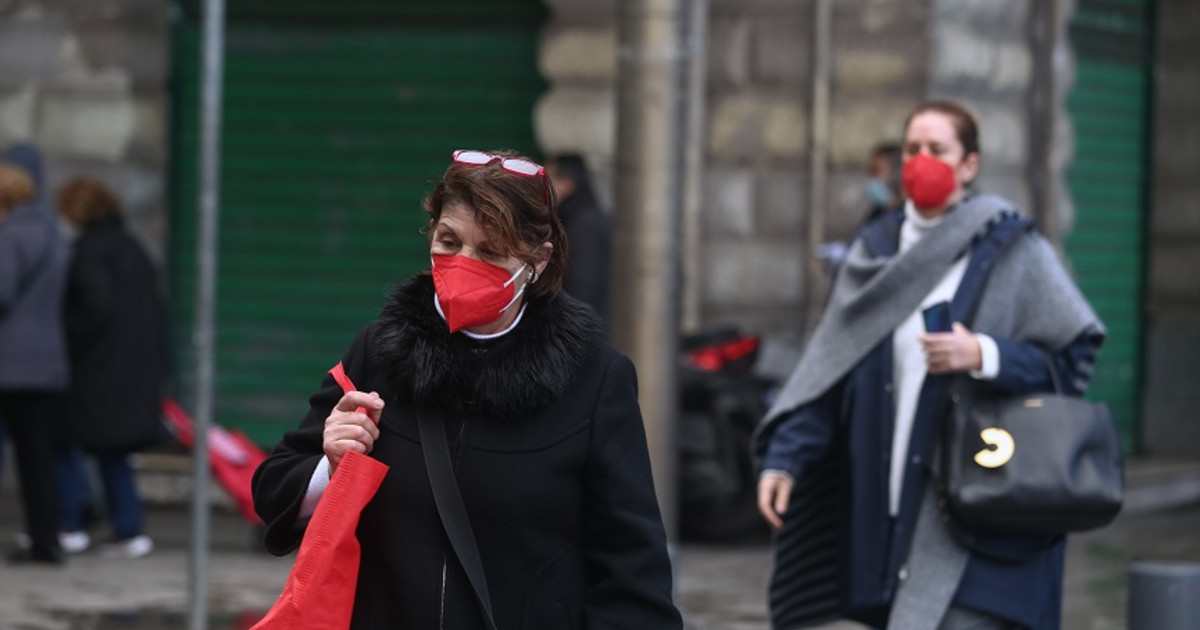The Central Bank’s Monetary Policy Committee (Copom) announced this Wednesday (8), an increase of 1.5 percentage points (pp) in the Selic, the basic interest rate of the economy, which was 7.75% at 9 .25% per year. With that, the rate returns to the level of July 2017.
This is the seventh consecutive advance of the Selic, whose current high cycle began in April this year.
At its 243rd meeting, the Copom unanimously decided to raise the Selic rate. The 1.5-point rise, which had already been signaled by the authority at the last meeting, was widely expected by the market.
The Selic is the main tool of the Central Bank to contain inflation, which is already above double digits, and is well above the target for this year, whose upper limit is 5.25%.
“We believe that the rise in interest rates has already given signs in the real economy, influenced by the BC’s contractionary policy,” says Regis Chinchila, an analyst at Terra Investimentos. “However, the BC remains attentive to the process and anchoring expectations around its inflation targets, making clear the role of monitoring price shocks in the internal and external market with commodity prices.”
In a statement, the Copom stated that it understands that “this decision reflects its basic scenario and a balance of risks of variance greater than usual for prospective inflation, and is compatible with the convergence of inflation to the targets over the relevant horizon, which includes calendar years 2022 and 2023”.
“Without prejudice to its fundamental objective of ensuring price stability, this decision also implies smoothing out fluctuations in the level of economic activity and promoting full employment,” he added.
The Committee stressed that, in its basic scenario for inflation, risk factors remain in both directions: on the one hand, a possible reversal, albeit partial, of the increase in international commodity prices in local currency would produce a lower inflation trajectory of the basic scenario.
On the other hand, further extensions of fiscal policies to respond to the pandemic that put pressure on aggregate demand and worsen the fiscal trajectory could raise the country’s risk premiums.
Brazilian scenario
At all meetings, the Copom describes the scenario of the Brazilian and world economy. At the last meeting this year, the Committee stated that in the foreign market, the environment had become less favorable. Some central banks of major economies clearly expressed the need for caution in the face of greater persistence of inflation, making financial conditions more challenging for emerging economies, argues the Copom in a note.
At the same time, the Committee argues, the possibility of a new wave of Covid-19 during winter and the emergence of the Ômicron variant add uncertainty as to the pace of recovery in central economies. In addition, consumer inflation remains high. The rise in prices was higher than expected, both in the more volatile components and in items associated with underlying inflation.
And in relation to the Brazilian economic activity, “the indicators released since the last meeting again show an evolution moderately lower than expected”, they wrote in a note.
However, João Beck, an economist and partner at BRA, says that the Copom failed to mention energy prices, which also “may contribute positively as the water risk dissipates”.
Check out Selic in recent years
Future
Marilia Fontes, founding partner of Nord Research, says the Committee is looking for 2022 above the target, as well as for 2023, “which means that the Central Bank will raise the rate until Focus expectations are anchored around the goal”.
The Copom announced that it will persevere with its strategy until it consolidates not only the disinflation process but also the anchoring of expectations around its goals. The Committee considers that, given the increase in its projections and the risk of unanchoring expectations for longer terms, it is appropriate for the monetary tightening cycle to advance significantly into contractionary territory.
Therefore, for the next meeting, the Committee foresees another adjustment of the same magnitude, that is, the interest rate at 10.75%. The Copom emphasizes that the future steps of monetary policy can be adjusted to ensure the convergence of inflation to its targets, and will depend on the evolution of economic activity, the balance of risks and inflation projections and expectations for the relevant monetary policy horizon.
Alexandre Espirito Santo, chief economist at Órama Investimentos, believes that the Copom will advance up to 11% on the Selic, ending the current monetary tightening cycle at the 3rd meeting in 2022. While in the last Focus Bulletin released on Monday (5), the expectation of the Selic Rate would end 2022 at 11.25%.
Étore Sanchez, chief economist at Ativa Investimentos, claims that the Selic will be raised by 150bps again in the two initial meetings in 2022, interrupting the cycle at 12.25%.
Reference: CNN Brasil
I am Sophia william, author of World Stock Market. I have a degree in journalism from the University of Missouri and I have worked as a reporter for several news websites. I have a passion for writing and informing people about the latest news and events happening in the world. I strive to be accurate and unbiased in my reporting, and I hope to provide readers with valuable information that they can use to make informed decisions.






